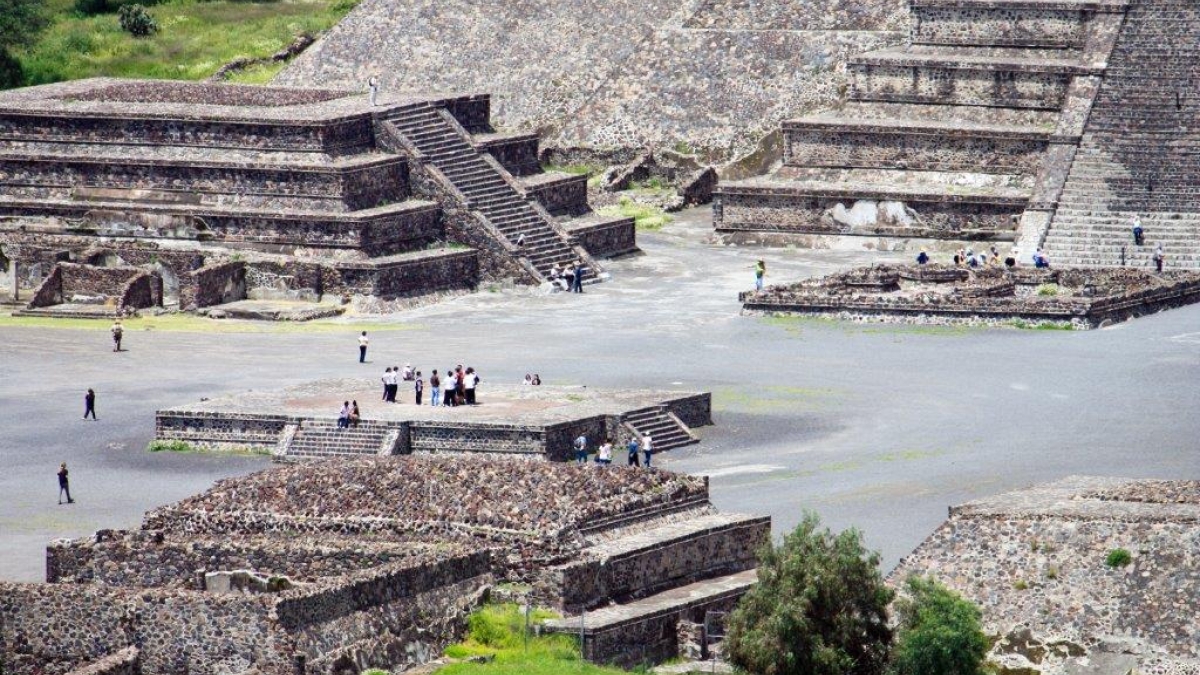Researchers apply assessment of ancient services to metro areas of today

Think about your neighborhood. Do you have easy access to basic services such as food, shopping and places of worship?
Researchers at Arizona State University are examining this question in the context of ancient and prehistoric cities by analyzing 30 sites from around the world to determine how services – religious structures, gathering places, and commercial spots and markets – were distributed for different cities and time periods as well as social strata. Results from “Service Access in Premodern Cities” that was recently funded by the National Science Foundation will be compared to modern cities and how services are accessed today.
This research is the most rigorous comparative study of premodern cities ever undertaken, said Michael Smith, principal investigator and Professor in ASU School of Human Evolution and Social Change.
“Services are important today," Smith said. "We are asking whether people had equal access or not to specific services in past cities. If they didn’t, why did some have better access than others? We’ll come up with insights on city services on a broad scale that might help modern planners and policymakers with services today."
As an issue that has survived through centuries – think food deserts of today – researchers are examining whether urban inequality has been universal and what drives the disparities among neighborhoods.
ASU researchers are seeking answers from four disciplines – archaeology, geography, political science and sociology. They are studying the sizes of cities and neighborhoods; wealth, including elite residents and spatial patterns of inequality; political context, such as state type and participation in government; and other variables. Maps will be analyzed using geographical information science to show how service locations relate to neighborhoods for elite and commoner residences.
“All of the researchers on the team are interested in urban life and how people live in cities,” Smith said. “We bring different perspectives, concepts and methods together.”
Archaeology furnishes data from ancient cities, while cities as institutions are examined from a political science perspective. From geography, research will concentrate on cities’ spatial layout and how the built environment is created. Social inequality by wealth and ethnicity is examined from a sociology perspective. Co-principal investigators are professor Christopher Boone, School of Human Evolution and Social Change and School of Sustainability; and professor Sharon Harlan, associate professor Abigail York, research professor George Cowgill and professor emeritus Barbara Stark, all of the School of Human Evolution and Social Change in ASU's College of Liberal Arts and Sciences.
“This approach is really something new. We’re taking all of these different perspectives and examining the research from relevant disciplines. You can create a better understanding and new perspectives through interdisciplinary research,” Smith said.
Cities in the study date from Mesopotamia 5,000 years ago to cities from the medieval period, and from regions as diverse as Europe, Mesoamerica and Africa.
Students, such as anthropology major Jacqueline Fox, are also involved in the project. Fox is working on analyzing maps and spatial data.
“I’ve always had an interest in different parts of the world and people as well as the variation that exists and why it exists,” Fox said.
This project builds on earlier research conducted as part of an innovative collection of projects called “Late Lessons from Early History.” For the earlier stage, this group of scholars made comparisons between ancient and modern cities in terms of their neighborhoods and urban open spaces. The final stage will compare the results of the current project to service access in contemporary cities and make recommendations for planning better and more sustainable cities and neighborhoods in the future.
"Applying methods and concepts derived from the analysis of modern urban services to a sample of past cities will produce results that are directly comparable to our knowledge of services in contemporary cities," Smith said. "Our research will help illuminate general trends and patterns in urban services through the ages. This is a particularly important topic for rapidly growing cities."
Information about the research may be found on the project website: cities.wikispaces.asu.edu.